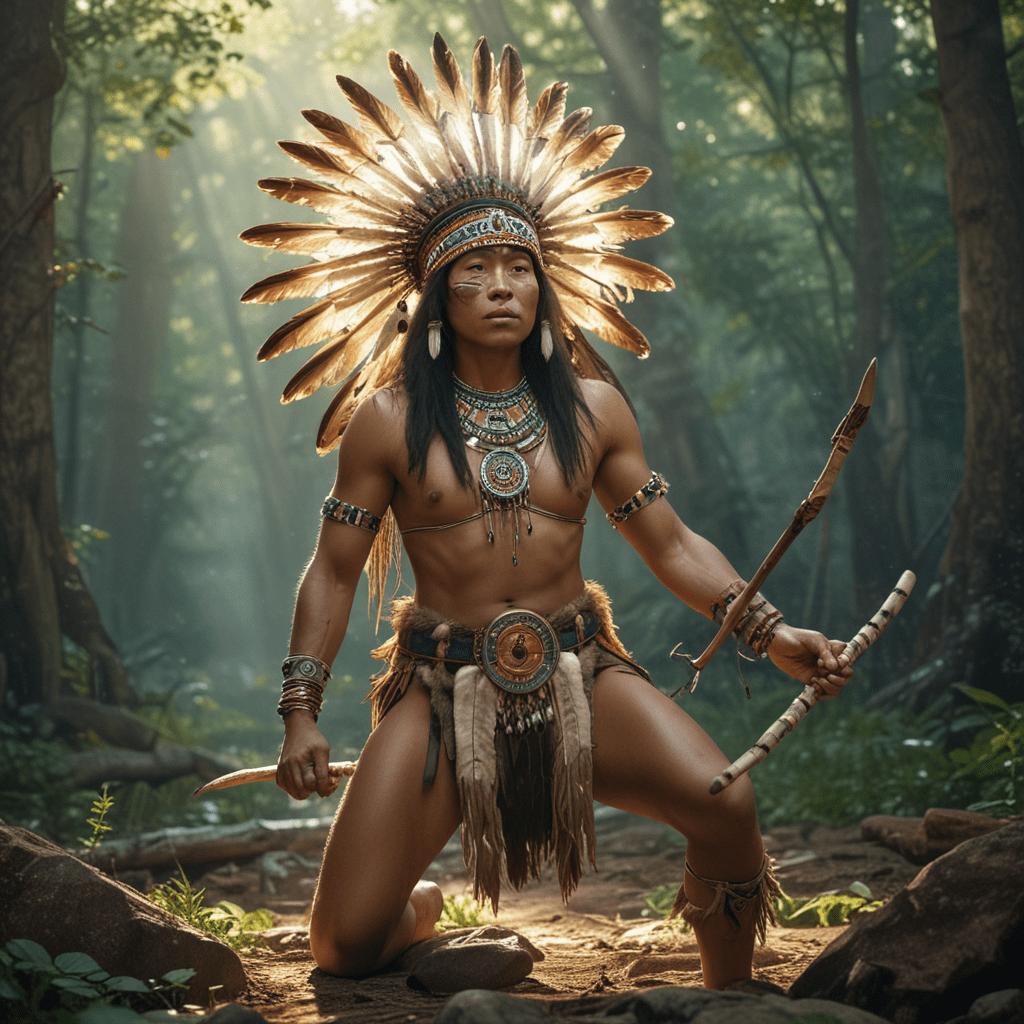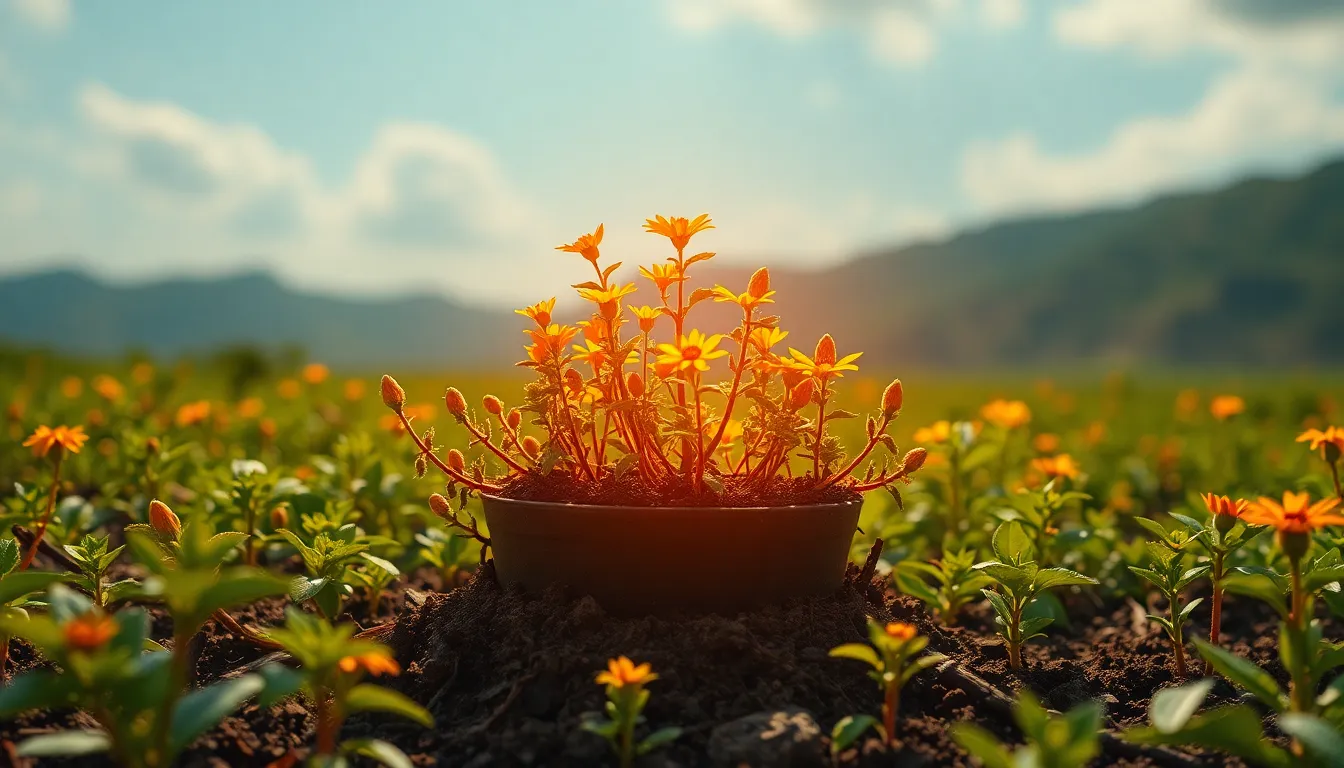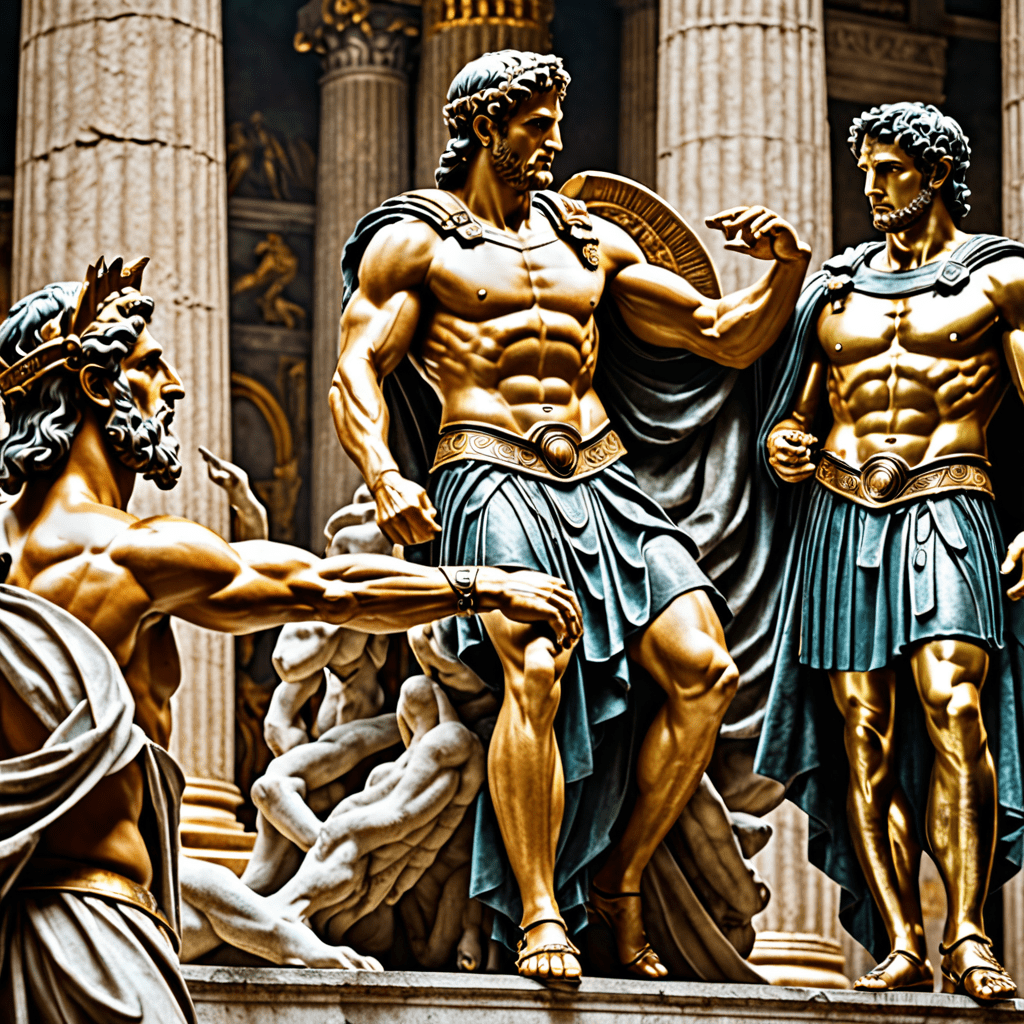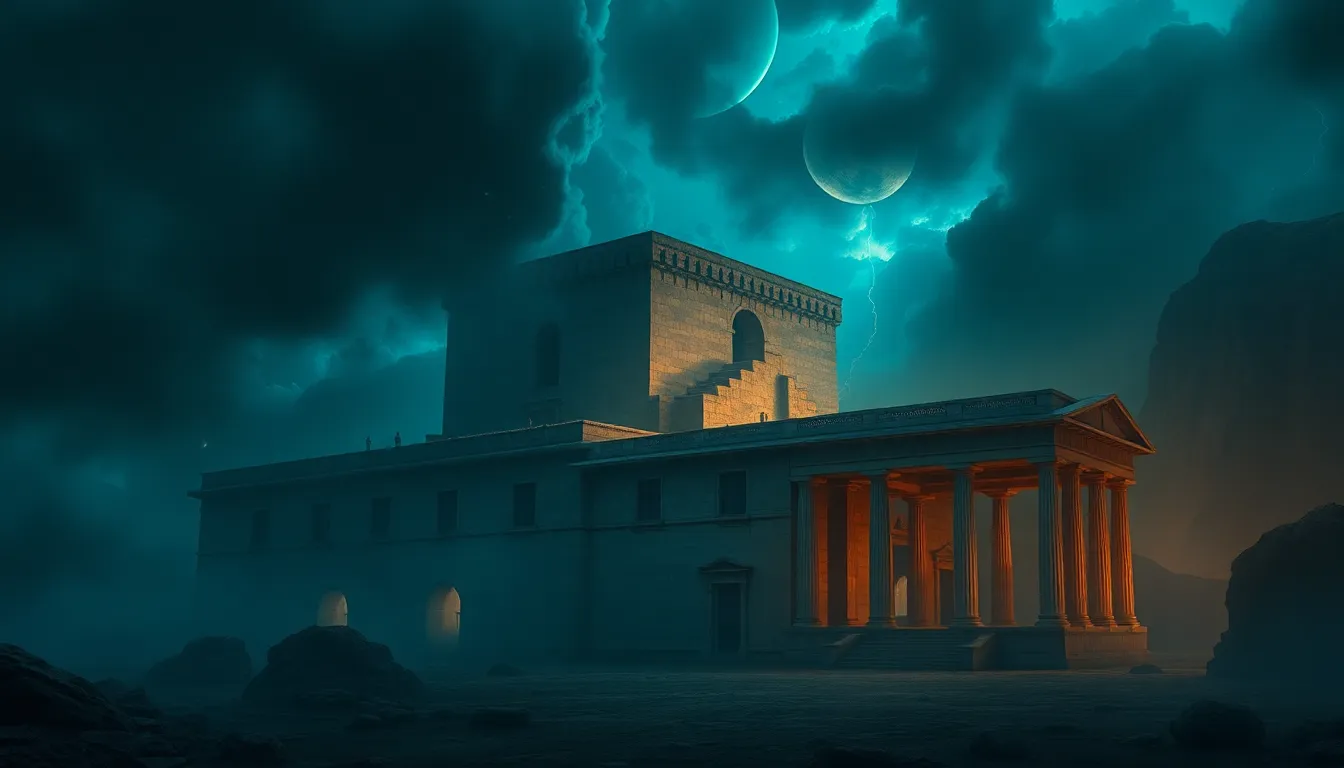The Mythology of the Ojibwe People
1. Creation and the Spirit World
The Ojibwe people, also known as the Chippewa, possess a rich and vibrant mythology that deeply influences their culture and worldview. Their beliefs about the world's origins are central to their understanding of the cosmos. According to their mythology, the world was created by Kitchi Manitou, the Great Spirit, who breathed life into the earth, water, sky, and all living beings. The Ojibwe believe that the world is inhabited by both the physical realm and a separate spirit realm, which is home to numerous supernatural beings and forces.
2. Nanabozho, the Trickster
Nanabozho, often referred to as the Great Hare, is a central figure in Ojibwe mythology. He is a trickster figure, both clever and cunning, who played a significant role in shaping the world and its inhabitants. Nanabozho is often portrayed as possessing magical abilities and is credited with creating many aspects of the natural world, including the animals, plants, and waterways. His stories encapsulate the Ojibwe's beliefs about the balance between chaos and order, as well as the importance of humor and resilience in the face of adversity.
3. The Sky and Underworld
The Ojibwe conceive of the world as existing within a three-tiered cosmos. The sky, known as the Upper World, is the realm of the Thunderbirds and other benevolent spirits. The middle realm is the physical world, inhabited by humans, animals, and plants. Below this lies the Underworld, also known as the Land of the Dead, where the spirits of the deceased reside. The Ojibwe believe that there are portals between these realms, allowing for communication and interactions between the different worlds.
4. The Thunderbirds
The Thunderbirds hold a prominent place in Ojibwe mythology. These powerful spirits are associated with thunder, lightning, and rain. They are believed to protect the people from harm and ensure the well-being of the tribe. The Thunderbirds are often depicted as large, majestic eagles with supernatural abilities. Their presence in the sky is seen as a manifestation of the Great Spirit's power and a reminder of the interconnectedness of all things.
5. The Underwater Beings
The Ojibwe also believe in the existence of underwater beings, known as the "Mishipeshu." These mythical creatures are said to reside in lakes and rivers, often taking the form of giant serpents or water panthers. The Mishipeshu are considered powerful and mysterious, possessing both benevolent and malevolent aspects. They are believed to guard the waters and can grant favors or curses to those who encounter them.
6. The Star People
In Ojibwe mythology, there is a belief in the existence of the Star People, an enigmatic race of beings who are said to have come from the stars. The Star People are believed to possess ancient knowledge and wisdom, and they are credited with bringing culture and civilization to the Ojibwe people. Stories of the Star People are often shrouded in mystery and wonder, and they play a significant role in shaping the Ojibwe's understanding of their place in the cosmos.
7. Animal Spirits
Animals hold a sacred and significant place in Ojibwe mythology. They are believed to possess spiritual power and are often seen as guardians, messengers, and sources of guidance. Each animal is associated with specific characteristics and abilities, and individuals may have a special connection to certain animals based on their birth or personal experiences. The Ojibwe believe that by respecting and honoring animals, they can tap into their power and wisdom.
8. The Windigo
The Windigo is a malevolent spirit that plays a cautionary role in Ojibwe mythology. It is a monstrous creature that represents hunger, depravity, and cannibalism. The Windigo is believed to possess the ability to possess humans, driving them to commit unspeakable acts of violence and self-destruction. Stories of the Windigo are used to warn against the dangers of unchecked greed and selfishness, and they serve as a reminder of the importance of maintaining a balance between one's physical and spiritual needs.
9. The Medicine Lodge
The Medicine Lodge is a sacred ceremonial space that holds immense significance in Ojibwe culture. It is a place where healing rituals, storytelling, and spiritual purification take place. The Medicine Lodge is typically constructed using natural materials, such as birch bark and cedar, and it is adorned with intricate designs and symbols. Within the Medicine Lodge, shamans and spiritual leaders perform ceremonies and lead participants on a journey of healing and self-discovery.
10. The Continuing Legacy
The mythology of the Ojibwe people continues to play a vital role in their culture, art, and worldview. It shapes their values, traditions, and connection to the natural world. Through storytelling, ceremonies, and artistic expressions, the Ojibwe pass down their mythological traditions to future generations, ensuring that their rich cultural heritage remains alive and vibrant. The legacy of Ojibwe mythology is a testament to the power of storytelling to connect people to their history, their beliefs, and their place within the vast tapestry of existence.
Frequently Asked Questions (FAQs)
Q: Who is the creator god in Ojibwe mythology?
A: Kitchi Manitou, the Great Spirit, is the creator god in Ojibwe mythology.
Q: What is the significance of Nanabozho in Ojibwe mythology?
A: Nanabozho is the trickster figure in Ojibwe mythology, known for his cunning, magic, and role in shaping the world.
Q: What do the Thunderbirds represent in Ojibwe mythology?
A: The Thunderbirds represent powerful spirits associated with thunder, lightning, and rain, and are believed to protect the people from harm.
Q: What is the role of the Medicine Lodge in Ojibwe culture?
A: The Medicine Lodge is a sacred ceremonial space where healing rituals, storytelling, and spiritual purification take place.



